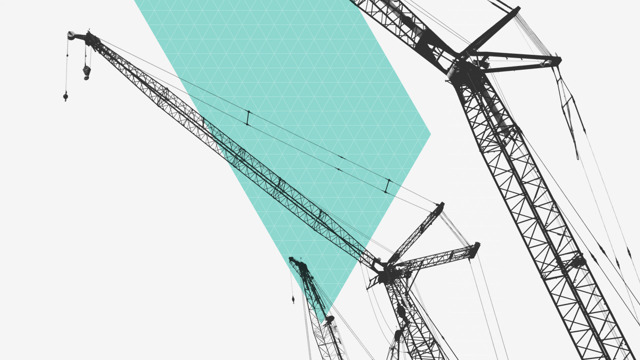A small tremor was felt across Aotearoa last week with the long-awaited release of a new draft seismic design standard. The draft, TS 1170.5, is a critical piece in the puzzle of how New Zealand responds to the latest science on earthquake risk and represents a major change in seismic building standards. The draft is intended to apply to the design of most buildings, including offices, other commercial buildings, apartments and social infrastructure and has significant implications for both new builds, and investors and occupiers across the existing market.
Why the change?
The update to design standards follows the release of an updated National Seismic Hazard Model (NSHM) in October 2022. That update confirmed that the likelihood and strength of earthquakes in many parts of New Zealand was significantly greater than previously understood. Assessed hazard more than doubled in some areas and increased on average by 50% from earlier modelling. The increases were also significant in key centres, being 1 to 3 times in Auckland, 1 to 2+ in Wellington and 1 to 2.5+ in Christchurch.
And what is the response?
With the updated NSHM confirming a significant increase in understood risk, MBIE convened a specialist technical committee to consider changes to seismic design standards. TS 1170.5 is the result, and it significantly increases seismic design requirements – anecdotally moving standards much closer to those in other areas of high seismicity, such as parts of Japan and the western United States. Key changes include increased design seismic loads for many areas, adjustment to the way in which ground conditions are allowed for, and specific requirements for consideration of geotechnical matters in the design of a building.
For now, TS 1170.5 is a 'technical specification', essentially a draft standard subject to consultation until 14 March 2024. From there, it is likely to be published by Standards New Zealand and available as an 'alternative solution' to demonstrate compliance with the Building Code. After this period of "road testing" it is likely to become a cited standard in the Building Code with compliance becoming mandatory after the existing standard is phased out.
What are the implications?
While TS 1170.5 aims to improve the safety and resilience of New Zealand's building stock, it comes with trade-offs. Cost implications will vary across different areas, but early estimates are that that the new standard could increase building costs by 5-7%, which will further weigh on development viability.
While the standard will only apply to new building design, of key interest will be the market's response towards existing buildings designed under current or earlier standards. A building's "NBS" or earthquake rating relative to current design standards is already a key consideration for most occupiers and owners. Existing buildings will rate lower if benchmarked against a new, higher standard, and it remains to be seen how significant the ratings change will be for existing buildings if measured against TS 1170.5.
TS 1170.5 is unlikely to have an immediate effect on decisions to occupy most buildings or their value, but effects may be initially felt for assets on the cusp of market-accepted occupancy standards. Health and safety considerations will also come into sharper focus and, if and when TS 1170.5 becomes a cited standard, commercial leases will be tested where these allow tenants to exit or require strengthening works as NBS or building standards change.
In the short term, compliance with TS 1170.5 is not required. However, given the likelihood that it will essentially become mandatory, it would be sensible to take TS 1170.5 into account now in the design of new buildings. A failure to do so could well mean a new building that underperforms relative to the design standards in force once it is completed.
In the mid-to-longer term, higher seismic standards will also mean a continuation of occupier 'flight to quality' and will support existing premiums for assets with higher seismic ratings. The same drivers should also see voluntary building strengthening continue where there is capacity in the asset, supported by the returns available.
What about earthquake prone buildings?
Helpfully, MBIE has confirmed that there are no plans to change the basis for the assessment of "earthquake prone buildings" that require remedial work – this will remain fixed at 33% of the current building design standard. MBIE has also been clear that it would like to see general seismic assessments of existing buildings remain benchmarked against current design standards. However, there is no legal requirement for this and at least some occupiers will want to know how their buildings rate against design standards that reflect the latest and best science.



